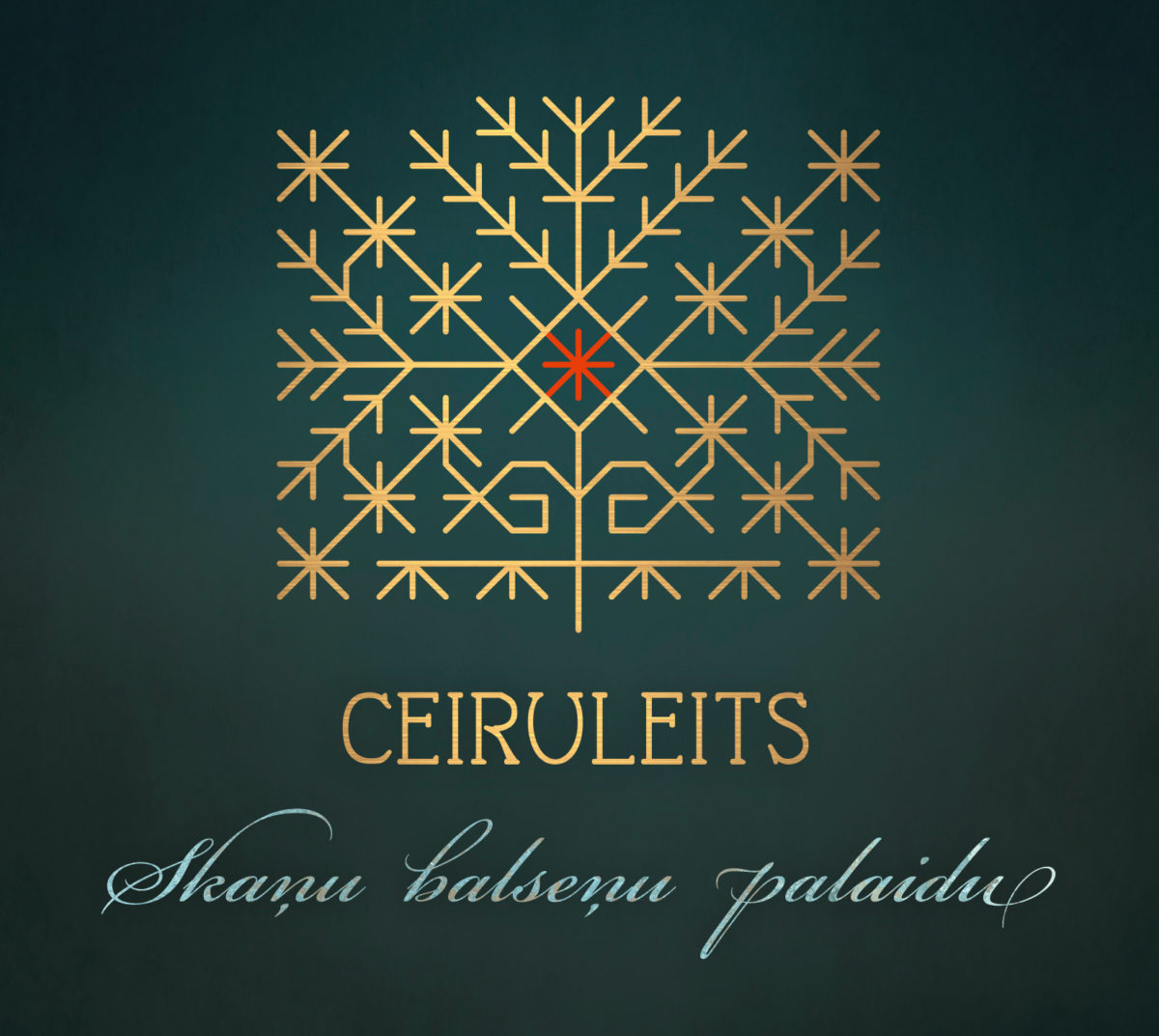Latvian composer Rihards Dubra, has, in the past decade, established himself as one of the premiere composers of sacred music in Latvia. Finding inspiration in his Catholic faith, as well as the music of composers like Arvo Part and John Taverner, Dubra has composed extensively in the choral music genre, and his large-scale choral work ‘Te Deum’ won the Latvian Great Music Award in 2003.
Besides his works for choir, Dubra has also composed several symphonic works. Recognizing Dubra’s contribution to the field of Latvian symphonic music, the Latvian national record label Skani, in 2020, released a CD of two symphonic works – Symphony No. 2 and ‘Mystery of His Birth’. The recordings, made in 2015, were performed by the Liepāja Symphony Orchestra and conductor Atvars Lakstīgala.
A mournful tolling of a bell can be heard at the beginning of the first movement of Symphony No. 2 (subtitled ‘Visio’), which is then joined by a solemn melody performed in the brass section, which gradually expands and swells, then suddenly turns into a tense, rapid performance in the strings, punctuated by brief bursts of sound from the brasses. The bursts of sound continue, with a kind of an echo from the percussion. The turmoil goes on, but then suddenly changes into a serene, quiet melody in the middle of the movement. This then gradually builds to a crescendo near the end of the movement, as the turbulence returns, and the movement closes out with a dramatic, lengthy tonal descent.
The subtitle for the second movement is ‘Cantus’, and the music is meant to evoke a sacred choral song. A solemn, slow melody begins the movement, performed reverently by the orchestra. The performance is atmospheric and mysterious, and it retains its choral character until the very end, when there is a slight crescendo, and all the orchestra’s instruments come together like voices in a choir, elevating the performance. The movement concludes much as it began, with a quiet, reserved melody, in an almost tender performance.
The Book of Revelations provides inspiration for the third and final movement, entitled ‘Et vidi…’, and is by far the most dramatic section of the Symphony. Dubra himself calls the movement ‘apocalyptic’, and the intense, deliberate brass sounds accent the ominous nature of this section. Discordance, and an uneasy trepidation are woven throughout, and the intensity of the music continues until the conclusion. Still, even considering the apocalyptic nature of the music, the Symphony ends on a positive, bright note, with a flourish in the orchestra. A gong crash concludes the work, as perhaps a final warning.
“Mystery of his Birth”, a musical account of the events of Christmas Eve, features cello soloist Ēriks Kiršfelds, who, through the sounds of the cello, brings forth the mysticism and wonder of the work. The celebratory nature of the piece is accentuated by bells, as well as the rising melody in the brass instruments. The work ends rather suddenly, with an ascending melody in the cello supplemented by bells.
The CD booklet includes an extensive interview with the composer, where he gives insights into his influences and compositional style. Interesting tidbits include his interest in art rock, groups such as Yes and Gentle Giant, and that he also includes Gregorian themes in his compositions. Still, one would have liked to read more about the works themselves.
At times dramatic and ominous, at other times uplifting and positive, the symphonic music of Rihards Dubra distinguishes itself with both its intensity, as well as its deep spirituality. In the booklet notes, Dubra says he will “be happy if this music helps someone to persevere and overcome, to gain peace of mind”, revealing the personal and spiritual nature of his work – that music can be comforting and reassuring. The Liepāja Symphony Orchestra, along with conductor Atvars Lakstīgala, bring forth the many facets of Dubra’s music, confirming the singular talents of the composer and the many layers of his symphonic works.
For further information, please visit the composer’s page at the Latvian Music Information Center, and the Liepāja Symphony Orchestra website.
Liepāja Symphony Orchestra, conductor Atvars Lakstīgala
Rihards Dubra – Symphony No. 2 / The Mystery of His Birth
LMIC 080, 2020
Track listing:
Symphony No. 2
- Visio
- 2. Cantus
- 3. Et vidi…
4. Mystery of His Birth




